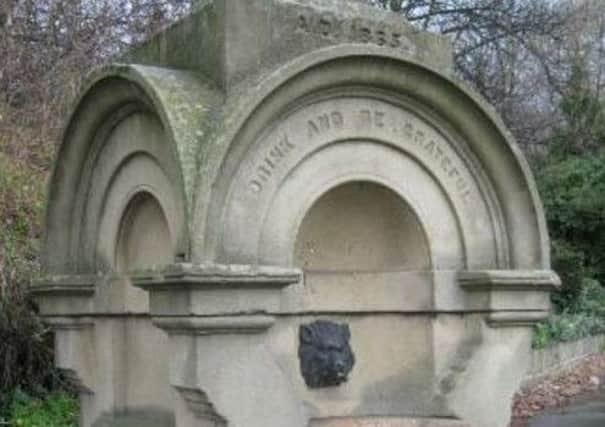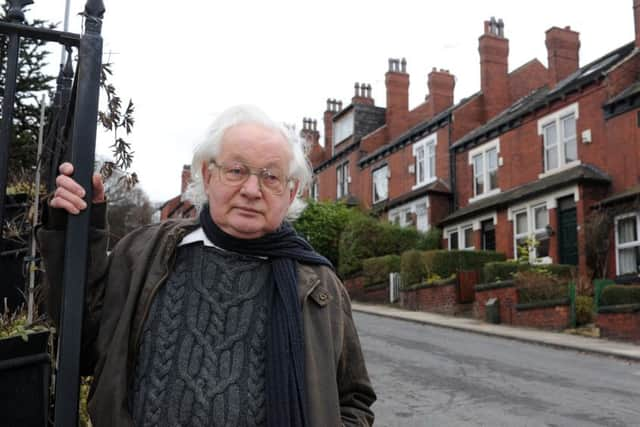Leeds nostalgia: The history of Kirkstall Fountain


It bares an engraving: ‘Drink and Be Grateful’, dated 1865.
In that year Kirkstall was still a village but it was changing and modernising thanks to industry, although it was not considered a suburb until the end of the century.
In this respect, the information board next to the fountain, installed by Kirkstall Valley Community Association, may be a little misleading. It says: ‘In 1849 there was an epidemic of cholera which claimed 2,000 lives in Leeds.
Advertisement
Hide AdAdvertisement
Hide Ad

‘Cholera spread quickly in poor households via the water supply. The ornate stone drinking fountain was built to supply a purer and more abundant supply of clean water to Kirkstall.’
Hence the inscription: Drink and Be Grateful.
There were indeed horrendous outbreaks of cholera in 19th century Leeds, as elsewhere. The one in 1849 claimed 2,000 lives. There were others in 1832, when at least 700 died, 1854 and 1866; and not just cholera; other infectious diseases like typhus, typhoid and dysentery, and diarrhoea. These spread easily among the inadequately fed workers living in insanitary conditions.
But the point is that by the time the fountain was erected, things were beginning to improve. Until 1842, the only piped water supply for Leeds came from the River Aire, which was also used as a sewer; so it was as well that only 2,000 houses were thus supplied, the rest relying on wells, boreholes and water carriers. By 1852, nearly 23,000 houses (two thirds) drew their water supply from the mains, and by the mid-1860s, about 95 per cent did so. In 1871 according to one directory, Kirkstall had a population of 3,113, living in 608 houses. There were at least three woollen mills – Abbey Mills, Savin’s and St Ann’s; also I think a corn mill; most famously of all, there was Kirkstall Forge, acquired in 1779 and rejuvenated by the Butler/Beecroft alliance; there was also Kirkstall Brewery, a leather works, and so on. Kirkstall was getting connected. The Kirkstall to Ilkley turnpike was completed in 1827, Kirkstall Road in 1801. By 1850 there were two railway stations. Another directory of 1861 tells us there were trains to the North six times a day and to Leeds and Bradford every hour. Most important of all for the workers and their social health was the tram. A horse drawn tram to the Kirkstall Star and Garter opened in 187. Somewhat later, 1897, a cheap electric tram service to Kirkstall Abbey started.


By the date of the fountain, 1865, Kirkstall was a semi-rural, industrialised, working class village. What is now the Normans for example was still green pasture and a relatively healthy village.
Advertisement
Hide AdAdvertisement
Hide AdThis brings me back, finally, to the fountain and it purpose and its message. At that time the fountain was just across the road from the Star and Garter, a well known coaching inn.
Without doubt, I think, the fountain was there as a convenience and attraction to travellers and visitors rather than as a water supply for the natives. But the fountain with its message, still there today though waterless, should be a reminder of the still fundamental importance to us and our health.